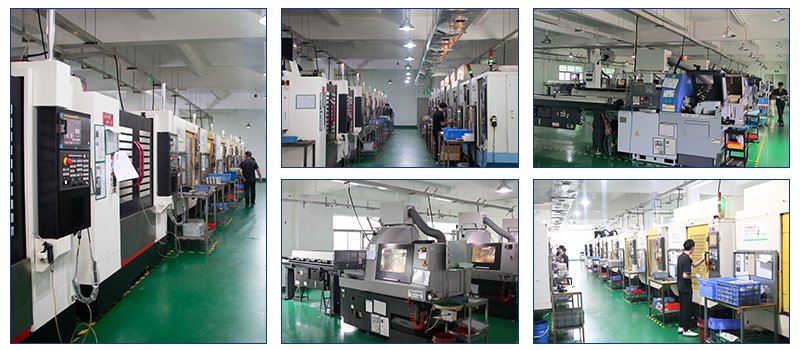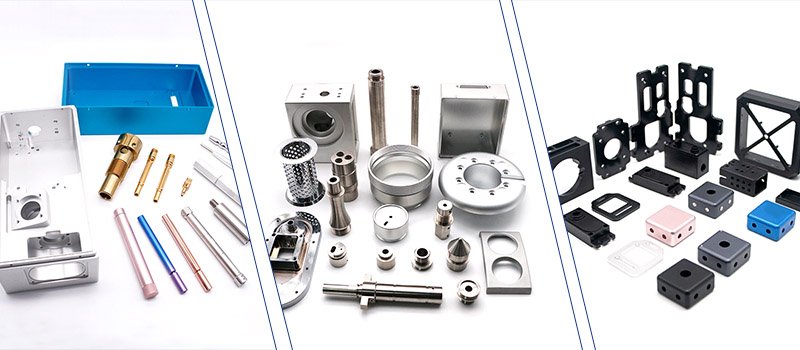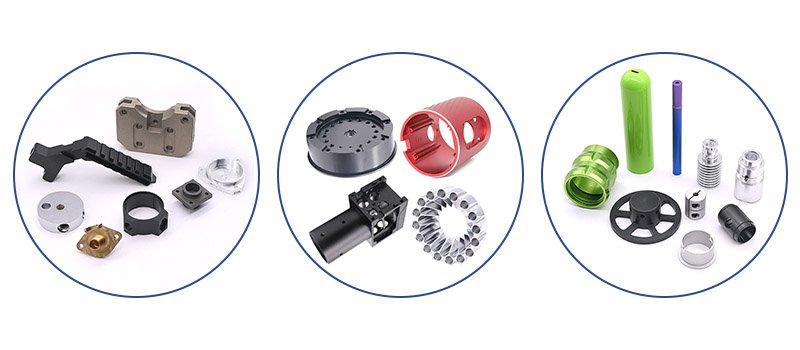When it comes to precision manufacturing, particularly in CNC machining, a tolerance of 0.01mm often raises eyebrows. As someone deeply involved in the CNC machining industry at YL-Machining, I frequently encounter questions about what such minuscule tolerances really mean in practical terms. How small is 0.01mm in the real world, and why is it so crucial in CNC machining?
In this article, I’ll explore the concept of tolerances in CNC machining, explain why 0.01mm tolerances matter, and give you a sense of how tiny this measurement is by comparing it to the diameter of a human hair. Whether you’re looking to understand CNC machining for business purposes or out of personal interest, this guide will help you get a clear grasp on why precision matters—and how 0.01mm plays a significant role.
What Is CNC Machining Tolerance?
Let’s start with the basics: tolerance in CNC machining refers to the permissible variation from a specified measurement. In simpler terms, it’s the “wiggle room” allowed when a part is being made. These tolerances are vital because they define the limits within which a part can deviate from its ideal size and still function properly.
In the case of CNC machining, we’re dealing with parts that need to be cut with incredible precision. That means even a slight deviation can affect the performance or assembly of the part, especially in industries that rely on high-precision components such as aerospace, automotive, and medical fields.
Now, why does 0.01mm—just 10 microns—matter so much in CNC machining? Let’s delve deeper into what this small number actually represents.
How Small Is 0.01mm in Real Life?
To truly understand the significance of a 0.01mm tolerance, it’s helpful to put it in perspective. I often explain it to clients by comparing it to something everyone is familiar with: the diameter of a human hair.
The average diameter of a human hair ranges from about 0.03mm to 0.1mm, depending on the person and the area of the body. That means a 0.01mm tolerance is roughly one-third to one-tenth the width of a typical human hair. Can you visualize that? A single hair is already incredibly thin, and 0.01mm is even smaller—difficult to see with the naked eye.
Imagine trying to measure something that fine with complete accuracy. This comparison gives you a tangible sense of how precise CNC machining must be when dealing with tolerances as tight as 0.01mm.
Why Is a 0.01mm Tolerance So Crucial?
At first glance, it may seem like such small tolerances wouldn’t matter in everyday life. But in industries where precision is paramount, even a small deviation can have a significant impact. Here’s why 0.01mm tolerances are so critical in certain applications:
1. Aerospace Components
In the aerospace industry, every part must fit perfectly to ensure safety, functionality, and reliability. For instance, the small parts that make up an aircraft’s engine or its intricate control systems must be machined with extreme precision. Even a 0.01mm deviation could compromise the integrity of a component, potentially causing catastrophic failure in high-stress environments.
2. Medical Devices
When it comes to medical devices like implants, surgical tools, and prosthetics, tolerances are even more crucial. A 0.01mm difference could lead to misalignments or cause parts to malfunction inside the human body. For instance, a pacemaker component must fit into its designated space without any gaps or excess tension, as even minor imperfections can lead to failure.
3. Electronics
In electronics, particularly with devices that require high-frequency signals or precision sensors, even a slight error in machining can lead to poor performance or device failure. Microchips, connectors, and other components rely on exact dimensions for perfect function, and 0.01mm tolerances are often required.
How Does CNC Machining Achieve Such Tight Tolerances?
You might be wondering, how can CNC machining consistently achieve such precise tolerances? After all, we’re talking about measurements so small that they’re almost imperceptible to the naked eye.
CNC machining achieves these tolerances through a combination of cutting-edge technology and skilled operation. Here’s how:
1. Precision CNC Machines
Modern CNC machines are equipped with advanced controls that enable them to cut materials with a level of precision that was unimaginable just a few decades ago. These machines are capable of moving along multiple axes with micrometer-level accuracy, making it possible to achieve tolerances as tight as 0.01mm.
2. High-Quality Cutting Tools
To achieve such precise cuts, CNC machines use sharp, high-quality cutting tools made of materials like carbide or diamond. These tools can maintain their sharpness and precision even when working with hard materials, ensuring that the cut remains accurate throughout the machining process.
3. Advanced Inspection Systems
Achieving a 0.01mm tolerance also requires ongoing inspection. CNC machining often involves the use of coordinate measuring machines (CMM), micrometers, and other high-precision measuring tools to monitor the part’s dimensions during production. This ensures that any deviation from the target measurement is detected and corrected before the part is completed.
4. Environmental Control
CNC machining tolerances are also influenced by factors like temperature, humidity, and even the machine’s alignment. Small temperature changes can cause materials to expand or contract, affecting the precision of the cut. That’s why some facilities use climate-controlled environments to ensure that parts are machined under stable conditions.
Real-World Applications of 0.01mm Tolerances
You may still be wondering: in what industries or situations would a tolerance of 0.01mm be absolutely necessary? Let’s look at some examples:
1. Precision Gears and Bearings in Automotive
In the automotive industry, precision gears and bearings are essential components that ensure smooth operation and longevity. These parts are often machined to tolerances of 0.01mm to ensure that the gears mesh perfectly, reducing wear and preventing malfunctions.
2. Aerospace Turbines and Engines
Parts like turbine blades and engine components must be machined to extremely tight tolerances to withstand the high speeds and forces in aviation. Any imperfections in these parts could lead to performance issues or, in the worst case, failures that put lives at risk.
3. High-End Watches
Believe it or not, even the luxury watchmaking industry requires CNC machining with such tight tolerances. The intricate gears and parts that make up a fine mechanical watch must fit together seamlessly to function properly.
Conclusion: The Importance of Precision in CNC Machining
In the world of CNC machining, tolerances of 0.01mm or smaller aren’t just numbers—they represent the precision and accuracy needed to create parts that perform flawlessly in high-demand industries. Whether it’s a tiny part in an airplane engine, a crucial medical device component, or a complex electronic sensor, CNC machining makes it possible to manufacture these parts to unbelievable levels of accuracy.
So, next time you encounter a tolerance of 0.01mm, remember that it’s not just about the numbers—it’s about the ultimate precision required to make sure the part performs perfectly in its intended application. At YL-Machining, we understand the importance of these tolerances and have the technology and expertise to deliver parts that meet the most demanding specifications.
If you’re looking for a reliable CNC machining partner who can handle tight tolerances, reach out to us at YL-Machining. We’re ready to help you bring your projects to life with precision and quality!







